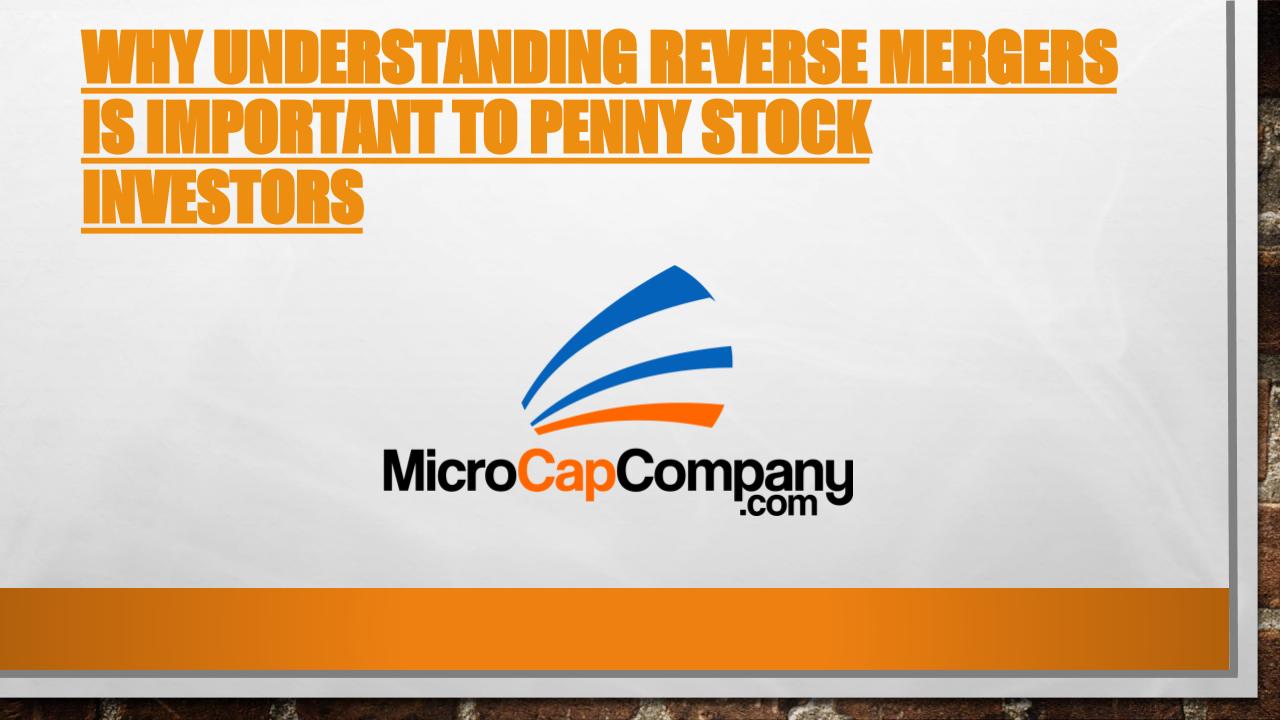A reverse takeover or reverse merger takeover (reverse IPO) is the acquisition of a public company by a private company so that the private company can bypass the lengthy and complex process of going public. The transaction typically requires reorganization of capitalization of the acquiring company. -Wiki
______________________________________________________________
About the Author: Nicholas Coriano, JD is an Entrepreneur & Business Consultant. He has worked at Merrill Lynch, The New York Stock Exchange and is currently a partner at Cervitude Intelligent Relations. Learn more about him here. He is the author of Rules For Entrepreneurship available now on Amazon.
About MicroCapCompany.COM: MicroCapCompany.COM (The Blog) is a blog focused on providing articles, news and information on the micro cap sector and start-ups. The Blog is a free service offered by Cervitude™ Investor Relations – a micro cap investor relations firm for micro cap companies and penny stocks. If there is a particular topic you would like to see covered on The Blog, email us. If you would like to advertise on The Blog, click here.

